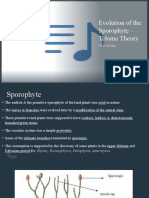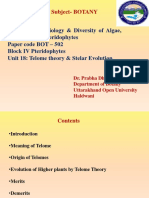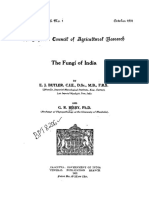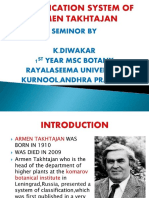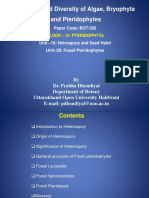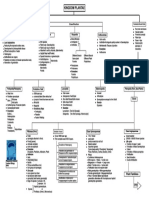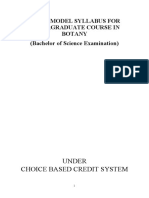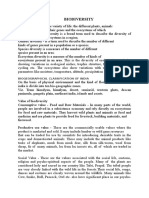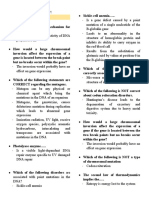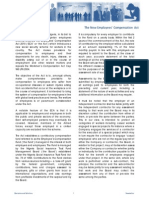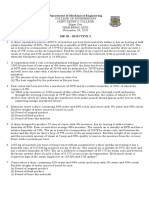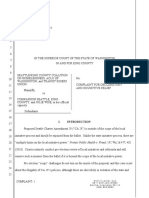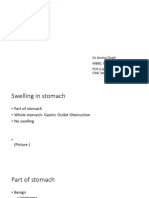0% found this document useful (0 votes)
254 views8 pagesNotes - On Environment Science
This document provides an overview of biodiversity including definitions of genetic diversity, species diversity, and ecosystem diversity. It discusses the value of biodiversity in terms of consumptive use (e.g. food, drugs), productive use (e.g. silk production), social value, ethical value, aesthetic value, and ecosystem services. India is described as a mega-diversity nation with two biodiversity hotspots. Threats to biodiversity include habitat destruction, poaching, and man-animal conflicts. The document also lists some endangered species found in India.
Uploaded by
gaurdian12574Copyright
© © All Rights Reserved
We take content rights seriously. If you suspect this is your content, claim it here.
Available Formats
Download as PDF, TXT or read online on Scribd
0% found this document useful (0 votes)
254 views8 pagesNotes - On Environment Science
This document provides an overview of biodiversity including definitions of genetic diversity, species diversity, and ecosystem diversity. It discusses the value of biodiversity in terms of consumptive use (e.g. food, drugs), productive use (e.g. silk production), social value, ethical value, aesthetic value, and ecosystem services. India is described as a mega-diversity nation with two biodiversity hotspots. Threats to biodiversity include habitat destruction, poaching, and man-animal conflicts. The document also lists some endangered species found in India.
Uploaded by
gaurdian12574Copyright
© © All Rights Reserved
We take content rights seriously. If you suspect this is your content, claim it here.
Available Formats
Download as PDF, TXT or read online on Scribd
/ 8




